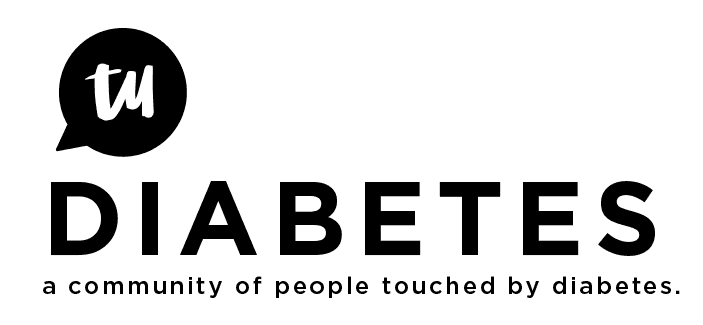This very informative piece was shared with me by Deanna Power, from the Disability Benefits Center. The DBC is a resource for potential disability benefit applicants. I hope you find it informative and useful!
Due to some of the severe complications of diabetes, the Social Security Administration (SSA) offers disability benefits for those with diabetes who qualify.
What Are Disability Benefits?
Social Security Disability Insurance (SSDI) is based on how long you’ve worked and how much you’ve paid into Social Security in taxes. Those over the age of 31 typically need to have worked a job that pays into Social Security for any five of the last ten years. SSDI benefits are based on your previous income. Payments start five months after the reported onset date, although some claims can take up to two years to process. In this case, you would be paid for those missed months through a lump-sum check upon approval. If you are approved for SSDI, you will automatically start Medicare two years after you start receiving benefits.
Supplemental Security Income (SSI) is an income supplement funded by general tax revenue, not Social Security taxes. Because of this, it is the best option for children or others without significant work history. SSI benefits are paid the first of the month after the disability onset date, although it does often take a few months for approval. SSI has strict financial limits, and if you make more than allowed you will not be approved. A single applicant’s countable income must be less than $733 with less than $2,000 in assets (stocks, bonds, life insurance). A couple can’t make more than $1,100 of countable income per month and must have less than $3,000 in assets. SSI recipients in most states are eligible to receive Medicaid once SSI starts. More information can be found on states that do not include Medicaid benefits with an SSI approval here: Social Security Online - Medicaid Information.
How to Medically Qualify With Diabetes
The Social Security Administration (SSA) lists diabetes under the section 9.00 of the Blue Book, in Endocrine disorders. The Blue Book is the medical guide that the SSA uses to evaluate disabilities based on diagnoses and symptoms. Nearly all applicants will not be approved for SSD on a diagnosis of diabetes alone. Medical evidence is needed to prove that your diabetes makes you unable to work.
There are a number of symptoms that accompany diabetes that you can meet or equal other listings in the Blue Book. If you have severe neuropathy, defined as in at least two limbs, acidosis at least once every two months, or diabetic retinopathy in which your vision is less than 20/200 as defined in section 2.00 of the Blue Book. Other symptoms that could help an applicant qualify when applying for diabetes include cardiovascular problems, kidney disease, and amputations. If your diabetes causes symptoms of other medical listings in the Blue Book, you may qualify for disability benefits. All disorders need proper medical testing and proof, which include doctor’s notes, records of hospital visits, and a history of medications used to help treat the symptoms of diabetes.
To apply for disability benefits, you will need a birth certificate, tax information, thorough medical information and other documents. For a complete checklist on what you’ll need to apply, review the Adult Disability Starter Kit on the SSA’s website. SSDI applications can be completed online, but SSI applications must be completed in person, so be sure to make an appointment with your local SSA office.
If you have already applied for either program and your application was denied, you can appeal the decision. If you were denied for medical reasons, you can fill out the Appeal Request and Appeal Disability Report or contact your local Social Security office in person or 1-800-772-1213 or 1-800-325-0778 for TTY.
